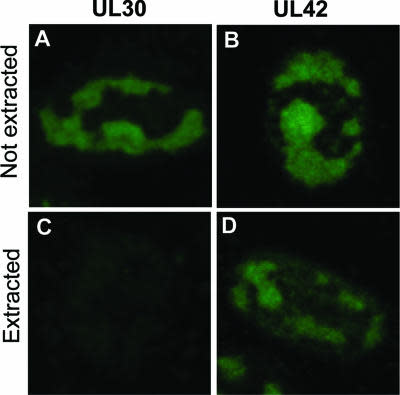Cat. #153986
Anti-SUMO-2/SUMO-3 (8A2)
Cat. #: 153986
Sub-type: Primary antibody
Unit size: 100 ug
Target: SUMO-2 and SUMO-3 but does not recognize SUMO-1
Class: Monoclonal
Application: ChIP ; IHC ; IF ; IP ; WB
Reactivity: Human
Host: Mouse
£300.00
This fee is applicable only for non-profit organisations. If you are a for-profit organisation or a researcher working on commercially-sponsored academic research, you will need to contact our licensing team for a commercial use license.
Contributor
Inventor: Michael Matunis
Institute: Johns Hopkins University
Tool Details
*FOR RESEARCH USE ONLY (for other uses, please contact the licensing team)
- Name: Anti-SUMO-2/SUMO-3 (8A2)
- Alternate name: Small ubiquitin-related modifier 2; HSMT3; SMT3 homolog 2; SUMO-3; Zentrin-2; Ubiquitin-like protein SMT3B; Smt3B
- Research fields: Apoptosis and autophagy;Biochemistry;Cell biology;Cell signaling and signal transduction;Genetics
- Tool sub type: Primary antibody
- Class: Monoclonal
- Conjugation: Unconjugated
- Reactivity: Human
- Host: Mouse
- Application: ChIP ; IHC ; IF ; IP ; WB
- Description: Small ubiquitin-like modifiers (SUMO) post-translationally modify proteins by a process called SUMOylation. There are three SUMO proteins expressed in vertebrates, SUMO-2 and SUMO-3 are ~95% identical to each other (SUMO-2/3), but they are only ~45% identical to SUMO-1. Consequently, SUMO-2/3 have unique targets and functions compared to SUMO-1. For instances SUMO-2/3 can form polymeric chains and SUMO-1 cannot. SUMOylation on lysine residues regulates various cellular processes including nuclear transport, DNA replication and repair, transcription, protein stability, mitochondrial fission, signal transduction, mitosis and apoptosis.
- Immunogen: Full length human recombinant protein of SUMO-2
- Isotype: IgG
Target Details
- Target: SUMO-2 and SUMO-3 but does not recognize SUMO-1
- Target background: Small ubiquitin-like modifiers (SUMO) post-translationally modify proteins by a process called SUMOylation. There are three SUMO proteins expressed in vertebrates, SUMO-2 and SUMO-3 are ~95% identical to each other (SUMO-2/3), but they are only ~45% identical to SUMO-1. Consequently, SUMO-2/3 have unique targets and functions compared to SUMO-1. For instances SUMO-2/3 can form polymeric chains and SUMO-1 cannot. SUMOylation on lysine residues regulates various cellular processes including nuclear transport, DNA replication and repair, transcription, protein stability, mitochondrial fission, signal transduction, mitosis and apoptosis.
Applications
- Application: ChIP ; IHC ; IF ; IP ; WB
Handling
- Format: Liquid
- Unit size: 100 ug
- Storage conditions: -20° C
- Shipping conditions: Shipping at 4° C
References
- Zhang et al. 2008. Mol Cell. 29(6):729-41. PMID: 18374647.
- SUMO-2/3 modification and binding regulate the association of CENP-E with kinetochores and progression through mitosis.





